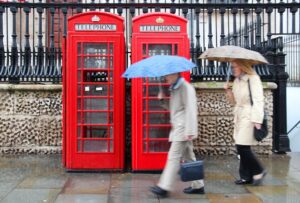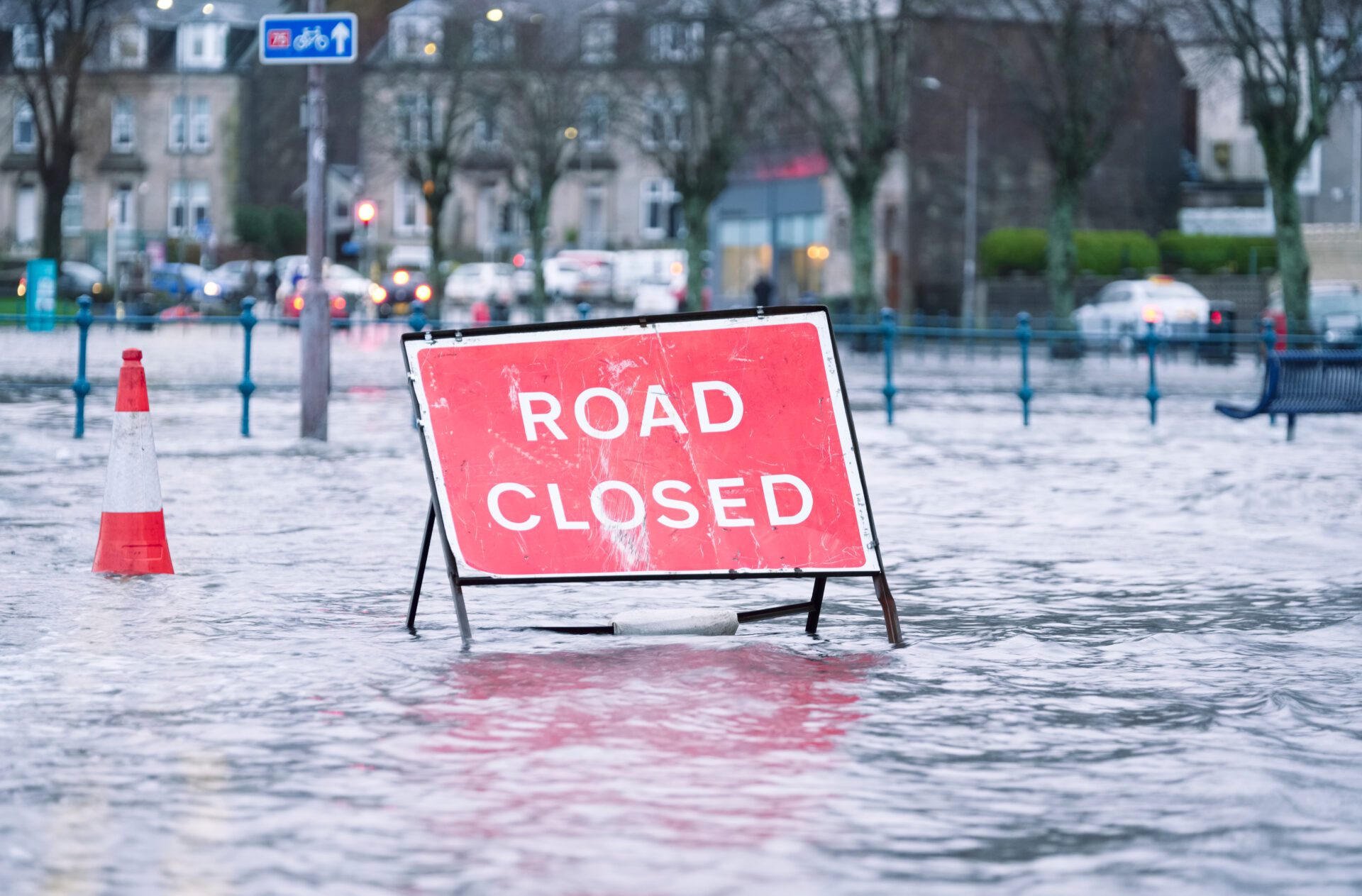How Is Climate Change Impacting the UK’s Weather?
1. 2022 was the hottest year in the UK since 1884. (Source: Statista )
2. Five of the ten wettest years in the UK going back to 1836 have happened since 2000. (Source: Gov UK Climate Change )
3. In July 2022, the highest daily maximum temperatures were recorded – over 40 degrees Celsius recorded in Lincolnshire, London, and Northamptonshire. (Source: Statista )
4. 2022 had the highest reported annual temperature in the history of the UK, reaching more than ten degrees Celsius. (Source: Statista )
5. In 2023, Wales and Northern Ireland recorded higher mean temperatures than the past year, both surpassing 10 degrees Celsius. (Source: Statista )
6. Since the 1970s, the temperature in central England has risen by around one degree Celsius – with 2006 being the warmest on record. It’s thought that there’s been a heavy influence from human activity on the recent warming. (Source: UKCIP )
7. Temperatures in Scotland and Northern Ireland have risen by about 0.8 degrees Celsius since around 1980, however, this rise has not been attributed to certain causes. (Source: UKCIP )
8. It is thought that a year as warm as 2023 has been made around 150 times more likely thanks to human-caused climate change. (Source: Carbon Brief )
9. Nearly 64% of adults in the UK say they are either somewhat or very worried about the impact of climate change. (Source: Office for National Statistics )

Does the UK Even Get Any Sun? Let’s See What the Stats Say…
10. The total sunshine hours in the UK each year is 1435.4. (Source: Statista )
11. In 2022, the UK received 9% more sunshine than average, making it the seventh sunniest year on record! (Source: Carbon Brief )
12. The UK’s average annual number of daily sun hours has remained above four hours per day since 2001 but still has not increased above five. (Source: Statista )
13. The UK’s daily sun hours were highest in 2003 at 4.9 hours per day. (Source: Statista )
How Many Rainy Days Does the UK Get?
14. The number of annual rain days in the UK is 171.5. (Source: Statista )
15. Wales was the rainiest of the UK’s four countries in 2023, with a yearly rainfall of 1,680 millimeters. (Source: Statista )
16. Over the past 45 years, every region of the UK has had an increase in the contribution to winter rainfall from heavy precipitation events. (Source: UKCIP )
17. Plus, in summer all regions (except northeast England and northern Scotland) show decreases. (Source: UKCIP )
18. The UK’s lowest temperature ever recorded was -27.2 degrees Celsius in Braemar, Scotland in 1895 and again in 1982. (Source: Love Exploring )
19. In March 1947, the UK recorded its deepest snow recorded in an inhabited area – a level snow depth of 5ft 4in (1.65m) in North Wales! (Source: Love Exploring )
20. In December 2015, Honister Pass in Cumbria reported 13.4 inches (34.1cm) of rain in just one day. (Source: Love Exploring )
21. The UK’s most significant drought in 150 years happened between 1975 and 1976. Areas of England and Wales had less than 65% of their average rainfall, with some areas in southern England experiencing just 55%. The drought abruptly ended after wet weather hit the UK in September. (Source: Britain Explained )
22. Central and eastern parts of the UK get an average of only 600-800mm of rain a year. (Source: Britain Explained )
23. In comparison, the west of the UK has at least one metre of rain each year. Whereas areas of western Scotland, north Wales, and the Lake District can have over three metres of rain in a year. (Source: Britain Explained )
24. Unsurprisingly, rainfall is highest in Autumn and Winter – an average of approximately 110mm per month, and 75mm per month in Spring and Summer. (Source: Met Link )

How Warm Is the UK?
25. The UK’s average year temperature (in degrees Celsius) has jumped from 7.77 in 1884 to 9.42 in 2022. (Source: Gov UK Climate Change )
26. According to the Met Office, the most dramatic temperature shift reported was on 14 January 1979 in Lagganlia, Scotland, after the temperature climbed from -23.5 degrees Celsius to 6.6 degrees Celsius in just a day. The temperature went up by 30.1 degrees Celsius! (Source: Love Exploring )
27. The coldest year of the 21st century so far was 2010 – 7.94 degrees Celsius. (Source: Carbon Brief )
28. The UK has become 0.9 degrees Celsius warmer in the last 30 years. (Source: BBC )
29. The UK’s hottest June was June 2023 according to the Met Office, with an average temperature of 15.8 degrees Celsius. (Source: Office for National Statistics )
How Often Do Brits Talk about the Weather?
30. According to a survey, over 90% of respondents admitted to having spoken about the weather in the past six hours. (Source: Science Focus )
31. Plus, 38% revealed they had discussed it in the past 60 minutes. (Source: BBC )
32. The average Brit spends the equivalent of four and a half months of their life talking about the weather. (Source: The Independent )
33. Of 2,000 UK adults, a quarter of them revealed they always start work-related client and colleague calls with chit-chat about the weather. (Source: Express )
34. The usual weather chat happens three times a day. (Source: The Mirror )
35. On that, it typically lasts an average of two minutes and 46 seconds. (Source: The Mirror )


